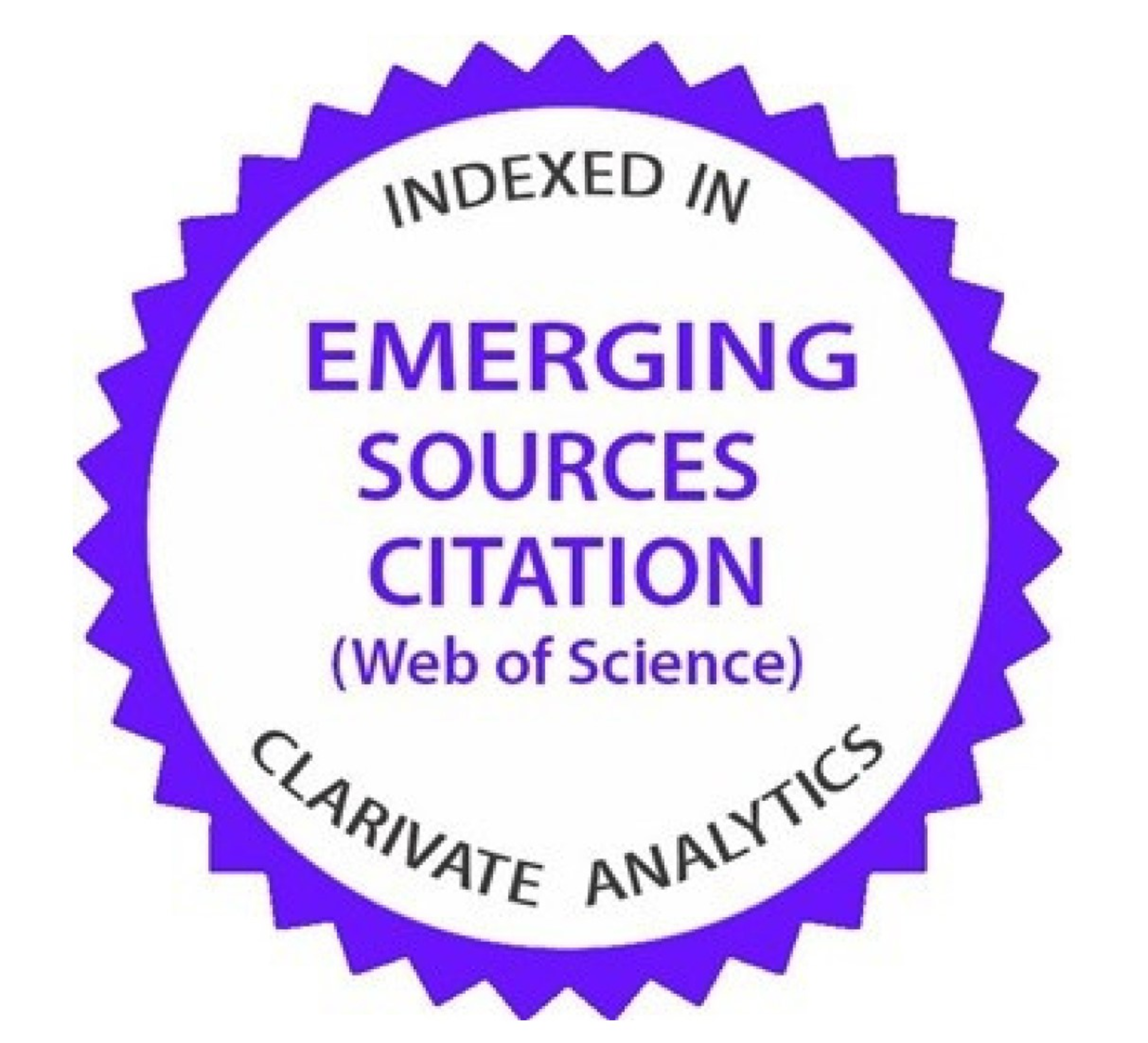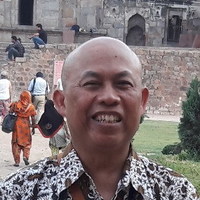Local wisdom in environment conservation: A study on a conservation and energy self-sufficient village
Downloads
Farmer group of Bendrong Hamlet has conducted a series of reforestation activities to cope with landslides and secure the clean water supply to all villages. Although the attempt has run well, many problems have begun to arise, such as people's land being sold. The buyers are outsiders, thereby deviating from the specified principles of conservation and people's awareness of conservation activity decreasing. These problems should be solved immediately, recalling Malang Regency is vulnerable to landslide disaster incidence. The research objectives were to reconstruct the conservation conceptualization model and improve the community-based conservation model using a qualitative research method with a case study approach and interactive data analysis technique. The conservation undertaken by people in Bendrong Hamlet divides into two: green and energy conservations. Green conservation conduct through people planting forests with forestry plants and agroforestry plants below it”energy conservation conduct by processing cow manure into biogas as alternative energy. Besides, the conservation activity is intended to be intended for environmental factors and intended as an economic factor obtained from green and energy conservation activities. Social institutions' participation, legitimacy, and government, private, and community's participation, either individually or in the group, are essential to the performance of conservation activity as the attempt of conserving natural resource; also, economic activity should be included in the conservation activity to result in an effective and sustainable community conservation activity.
Ariyanto, Imran R, & Toknok B (2014) Kearifan masyarakat lokal dalam pengelolaan hutan di Desa Rano Kecamatan Balaesang Tanjung Kabupaten Donggala. Jurnal Warta Rimba 2 (2):84-91.
Balai Penanggulangan Bencana Daerah (2017) Menutup tahun 2017, kerugian akibat bencana tembus 6 M. [Accessed 16 February 2018]. https://bpbd.malangkota.go.id/2017/12/31/menutup-tahun-2017-kerugian-akibat-bencana-tembus-6-m/.
Belsky JM (2002) Beyond the natural resource and environmental sociology divide: Insights from atransdisciplinary perspective. Society and Natural Resources 15 (3):269-280. https://doi.org/10.1080/089419202753445106.
Bennett NJ, Roth R, Klain SC, Chan K, Christie P, Clark DA, Cullman G, Curran D, Durbin TJ, Epstein G, Greenberg A, Nelson MP, Sandlos J, Stedman R, Teel TL, Thomas R, Verissimo D, & Wyborn C (2017) Conservation social science: Understanding and integrating human dimensions to improve conservation. Biological Conservation 205 (2017):93-108. https://doi.org/10.1016/j.biocon.2016.10.006.
Ekawati EN (2012) Legitimasi politik pemerintah desa (Studi pengunduran diri kepala desa di Desa Cindai Alus Kecamatan Martapura Kabupaten Banjar). Jurnal Ilmu Politik dan Pemerintahan Lokal 1 (2):58-72.
Fauzi A (2004) Ekonomi Sumberdaya Alam dan Lingkungan. Jakarta: Gramedia Pustaka Utama.
Hakim AL & Wienarto N (2010) Pengelolaan Sumber Daya Alam dan Lingkungan Das Brantas Hulu. In: Suradisastra K et al. (eds). Membalik Kecenderungan Degradasi Sumber Daya Lahan dan Air. Bogor: IPB Press.
Hermann DH (1983) Max Weber and the concept of legitimacy in contemporary jurisprudence. DePaul Law Review 33 (1):1-29.
Maridi (2015) Mengangkat budaya dan kearifan lokal dalam sistem konservasi tanah dan air. In: Seminar Nasional XII Pendidikan Biologi FKIP UNS 2015, 8 August, Surakarta.
Nana (2017) 2017, Longsor dominasi bencana alam di Kabupaten Malang. Malang Times, 22 December. [Accessed 16 February 2018]. https://www.malangtimes.com/baca/23527/ 20171222/230333/2017-longsor-dominasi-bencana-alam-di-kabupaten-malang.
Niman EM (2019) Kearifan lokal dan upaya pelestarian lingkungan alam. Jurnal Pendidikan dan Kebudayaan Missio 11 (1):91-106.
Prasmaningrum H (2010) Kajian partisipasi masyarakat dalam pengembangan pariwisata alam kawasan Plawangan-Turgo Taman Nasional Gunung Merapi. Thesis, Universitas Gadjah Mada, Yogyakarta.
Prodanciuc R (2012) Social institutions. Annals of the University of Petroşani, Economics 12 (2):236-243.
Sudarmadji S, Suprayogi S, Widyastuti M, & Harini R (2011) Konservasi mata air berbasis masyarakat di unit fisiografi Pegunungan Baturagung, Ledok Wonosari dan Perbukitan Karst Gunung Sewu, Kabupaten Gunung Kidul. Jurnal Tekno Sains 1 (1):42-53. https://doi.org/10.22146/teknosains.3990.
Sudiasmo F (2017) Nilai-nilai Islam dalam konstruksi sosial konservasi lingkungan pesisir (Studi di Mangrove Center Tuban). Jurnal Satwika 1 (1):14-27. https://doi.org/10.22219/SATWIKA.Vol1.No1.14-27.
Sugiyono (2008) Metode Penelitian Kuantitatif Kualitatif dan R & D. Bandung: CV Alvabeta.
Thamrin H (2013) Kearifan lokal dalam pelestarian lingkungan. Jurnal Kutubkhanah 16 (1):46-59.
Wardani NK (2017) Memadukan religi, budaya dan konservasi: Belajar konservasi dari Desa Penyangga TN Bromo Tengger Semeru. [Accessed 9 January 2018]. http://ksdae.menlhk.go.id/berita/2271/memadukan-religi,-budaya-dan-konservasi-:-belajar-konservasi-dari-desa-penyangga-tn-bromo-tengger-semeru.html.
Copyright of this journal is possession of Editorial Board and Journal Manager, by the knowledge of the author, while the moral right of the publication belongs to the author.
The formal legal aspect of journal publication accessibility refers to Creative Commons Attribution-NonCommercial-ShareAlike (CC BY-NC-SA), implies that publication can be used for non-commercial purposes in its original form (cannot be modified).
Every publication (printed/electronic) are open access for educational purposes, research, and library. Other than the aims mentioned above, the editorial board is not responsible for copyright violation.
















